
Where are all the high speed 3D printers?
I’ve been promoting a theory that’s been brewing in my mind for months now: that at some point in the near future we will see a change in the market for desktop FFF 3D printers.
This is a result of the emergence of high speed FFF 3D printing, mainly powered by the input shaping feature of Klipper, but followed by the introduction of similar capabilities in the recent versions of Marlin.
3D printer motion systems have always been able to move faster, you needed only to crank up the print speed. However, if you did so, you’d quickly realize that the machine just can’t produce accurate prints at speed. The main culprit is vibration. Vibration is generated whenever the toolhead abruptly changes its direction of motion, which happens frequently when, say, filling in a flat section.
The visual manifestation of the vibration is “ringing”, which is a shadowy echo of structures and is visible on print surfaces.
3D printer manufacturers can attempt to overcome some of that by beefing up the motion system, which many seem to have done. But the real change comes with a firmware change that allows input shaping features to automatically provide compensation for the vibration. This can virtually eliminate ringing and you thus get perfect prints at high speed.
My theory is that it is relatively straightforward to implement a high speed device these days, so my prediction is that soon we’ll see mostly high speed FFF desktop 3D printers on the market, and the older and slower devices will fade away. At some point they will be seen as relics that can’t keep up.
The question today is: are we there yet?
It may be, as I’m now seeing announcements of high speed device almost every week. I decided to take an inventory of the current state of high speed 3D printing from the major desktop 3D printer manufacturers to see if this is the case.
There are a ridiculous number of manufacturers in this category, so I restricted my investigation to the most well-known brands as identified in our recent annual reader survey. Let’s see what they each offer in terms of high speed devices:
Ankermake
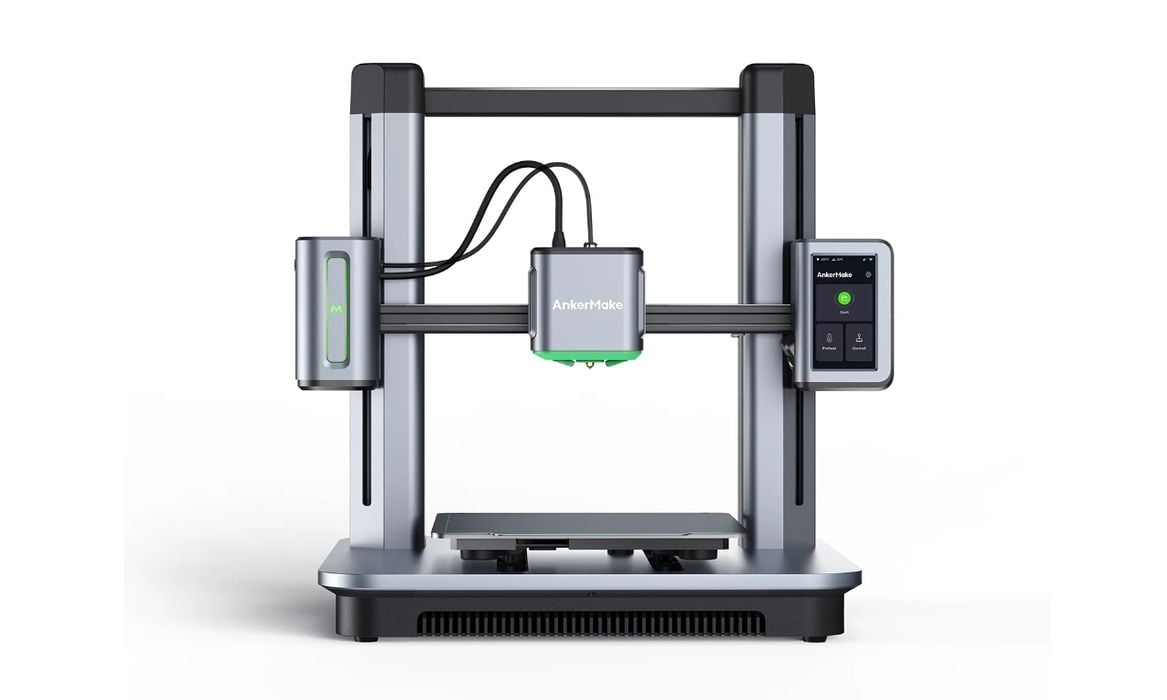
AnkerMake offers the M5 3D printer, which has now been upgraded to offer up to 500mm/s 3D printing. The device includes a number of advanced and intelligent features and retails for US$799.
Anycubic

Anycubic just released the Kobra 2, which can hit 250mm/s, with a “regular” speed of 150mm/s. The machine does not include input shaping, but I have the impression they will be adding this in the future. This machine has been reviewed in our lab and retails for only US$269.
Artillery
Artillery doesn’t seem to offer a high speed desktop 3D printer, as far as I can tell.
Bambu Lab
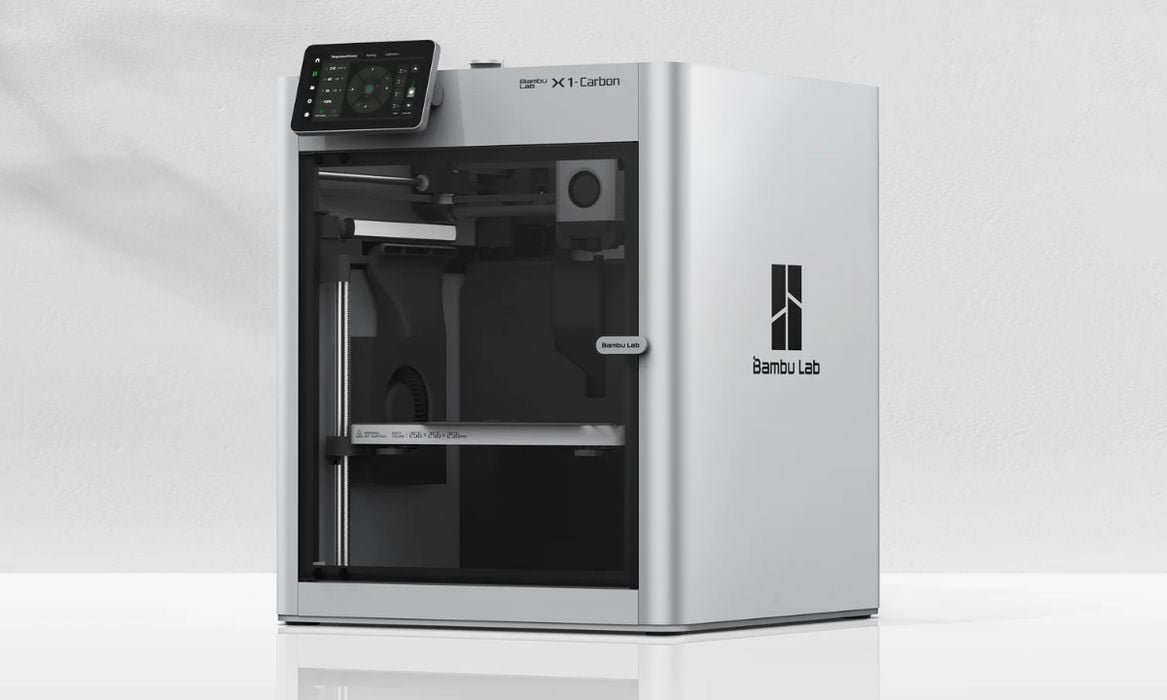
Bambu Lab is the company that started this trend with their release of the X1 about a year ago. That machine leveraged the firmware capabilities and put it all in a very nice package. Their X1 Carbon device is priced at US$1299 and includes a number of very advanced features. The company also offers a similar but less feature-full model, the P1P, at only US$699.
Creality
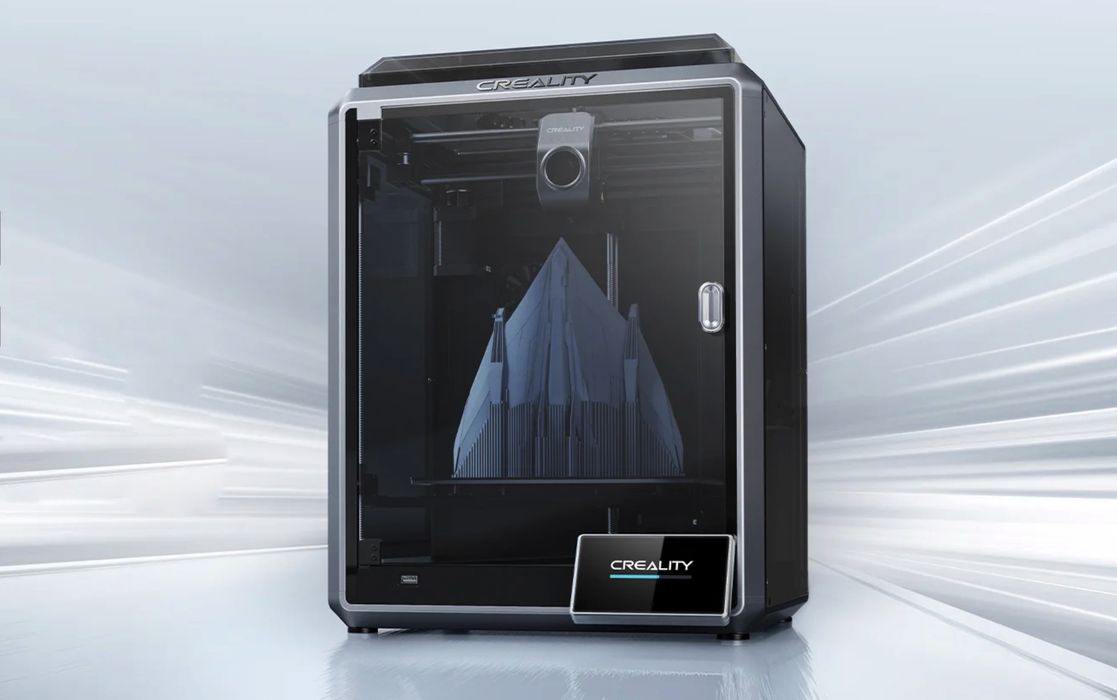
Creality’s first high speed desktop machine is the K1, which can run at up to 600mm/s. This device uses Klipper firmware (hence the “K” product name), and is priced at US$599.
Elegoo
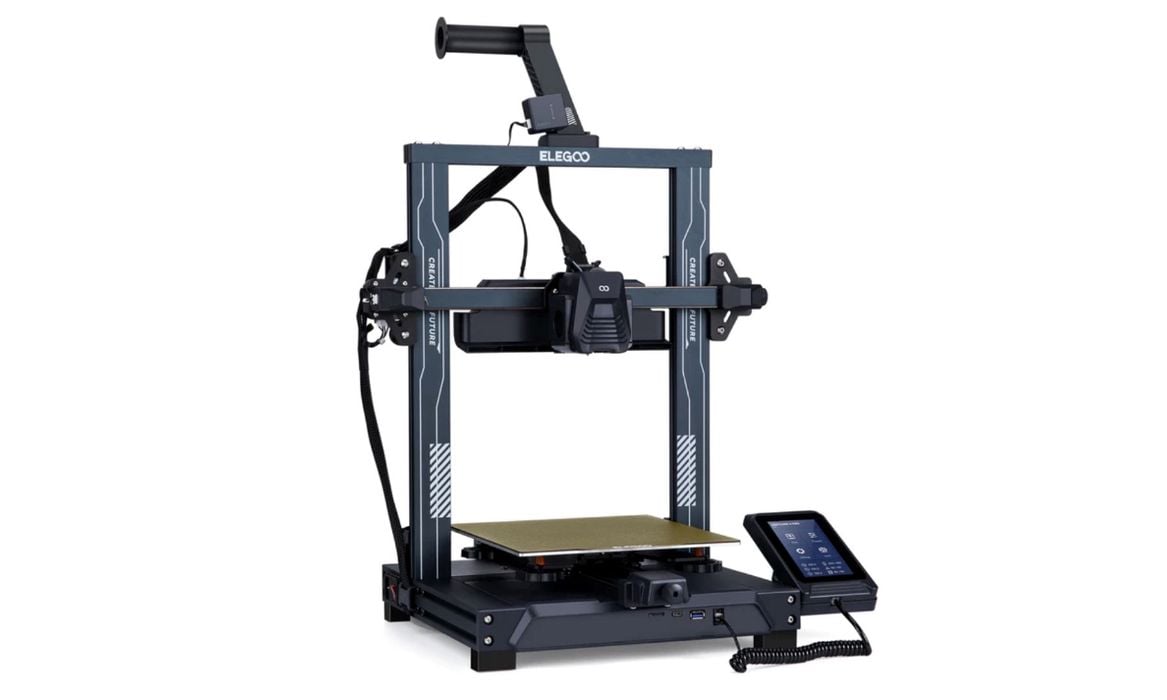
While mainly producing resin 3D printers, Elegoo also produces a line of well-regarded FFF devices. Their Neptune 4 Pro machine has Klipper pre-installed and it can print at up to 500mm/s. This device is priced at only US$299.
Flashforge
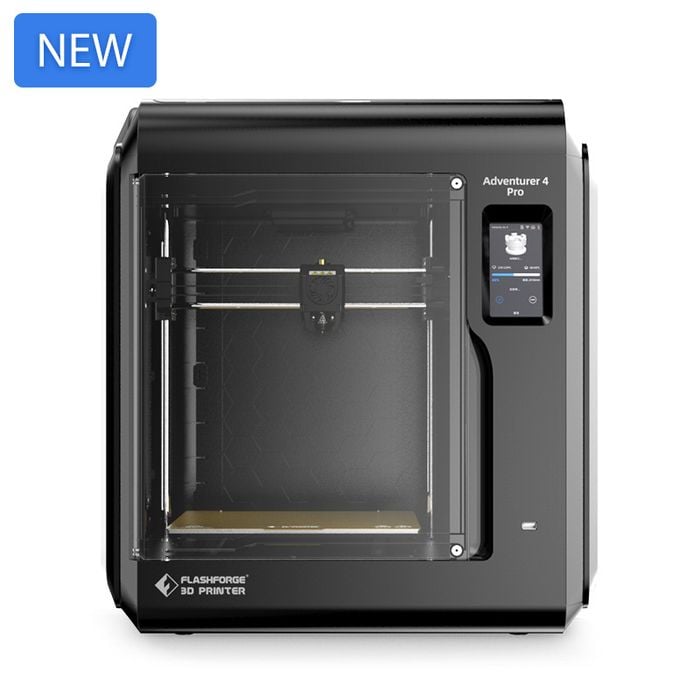
Flashforge offers the Adventurer 4 Pro, which is an enclosed system with a number of features. The machine can print at up to 300mm/s, but it’s recommended to use 200mm/s. The unit is priced at US$899.
LulzBot
LulzBot does not appear to have a high speed device in their current lineup, although we understand that some of their machines are able to hit 200mm/s.
Monoprice
Monoprice is more of a brand than a manufacturer, as their 3D printers are produced by other well-known manufacturers and rebranded as “Monoprice”. Currently there does not seem to be a high speed option in their 3D printer products.
Phrozen
Phrozen, while a well-known brand, produces only resin 3D printers and has no FFF devices.
Prusa
Prusa Research recently announced the MK4 3D printer as a reaction to the success of Bambu Lab’s X1 series. The MK4 is just beginning to ship, but the company is still tweaking the high speed firmware. Due to this, the company hasn’t officially released their print speed specifications, but has said that print times could decrease by 70%. The MK4 uses input shaping and pressure advance firmware features, and is priced at US$1,099 (assembled).
Snapmaker
Snapmaker offers the fully enclosed J1 3D printer, which can 3D print up to 350mm/s print speeds. This machine has dual independent extruders, and is priced at US$1,299.
Sovol
Sovol’s latest entry is the SV07, which uses Klipper to achieve up to 500mm/s printing, although it seems they recommend 250mm/s for quality prints. This is not their first high speed model, as their earlier SV06 was also high speed. The SV07 is priced at only US$339.
Voron
Finally, there is Voron. Voron is more of a design rather than a product, and most buyers build their own system with their own components. As a result many of these systems are somewhat different from each other. However, all can achieve quite high print speeds, and many modified versions are at the top of the #speedboatrace challenge to print the fastest #3DBenchy. The price is really variable, as it depends on how the machine is built.
Conclusion: High Speed 3D Printing?
Our brief survey above shows that by far the majority of 3D printer manufacturers have indeed launched, or about to launch some type of high speed 3D printer. While the print speeds may vary from 200-500mm/s, I am sure the quality varies as well. These machines are all tremendously faster than the earlier 30-50mm/s devices that I am now certain will begin to fade away.
As for the few companies that apparently do not offer high speed desktop 3D printers, it’s most likely they also see this trend and are working up new options in their development labs.
There are plenty of manufacturers we didn’t investigate, but I would divide them into two categories: those that will or have introduced a high speed device, and those that will fail.
The future of FFF desktop 3D printing is going to be high speed.
